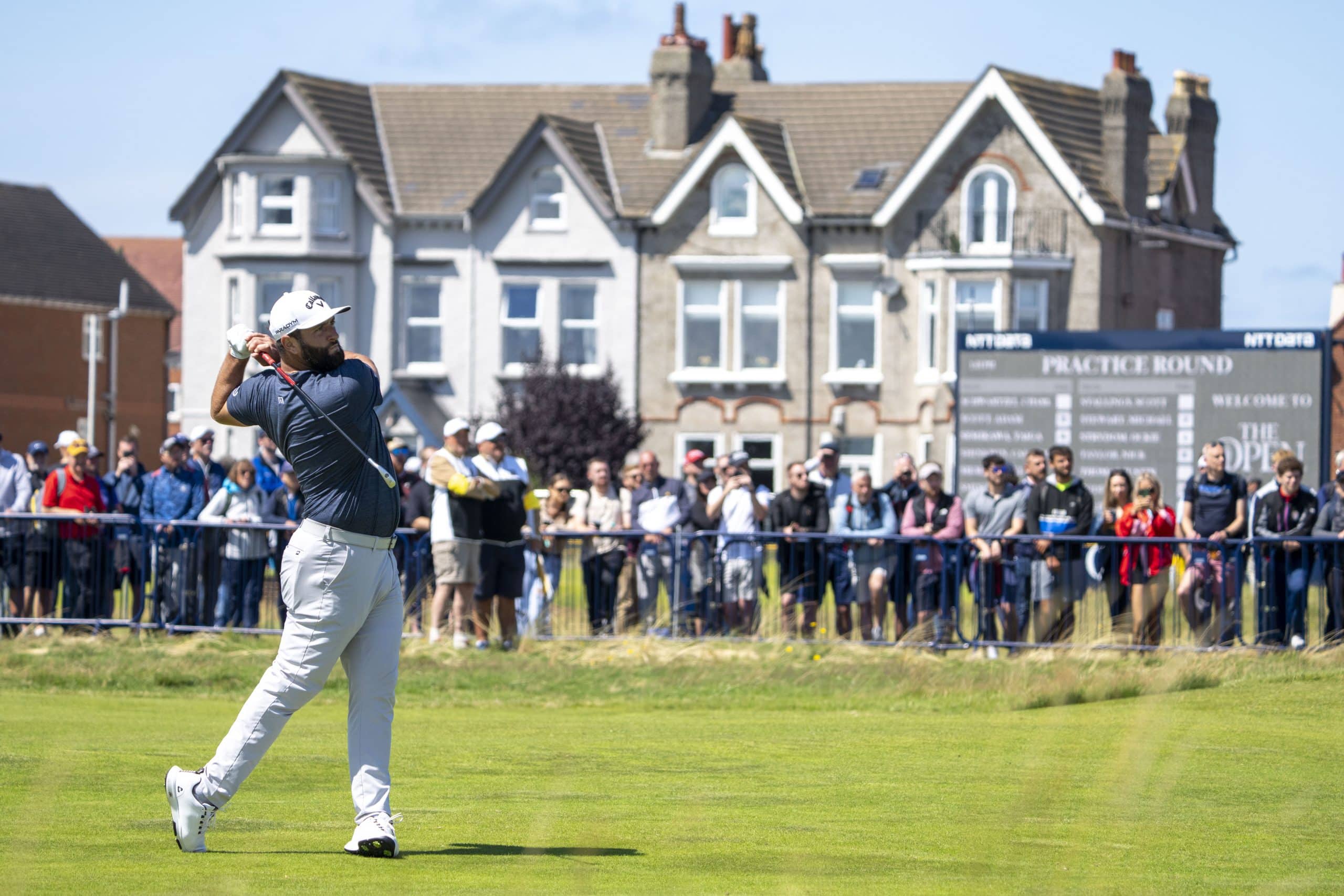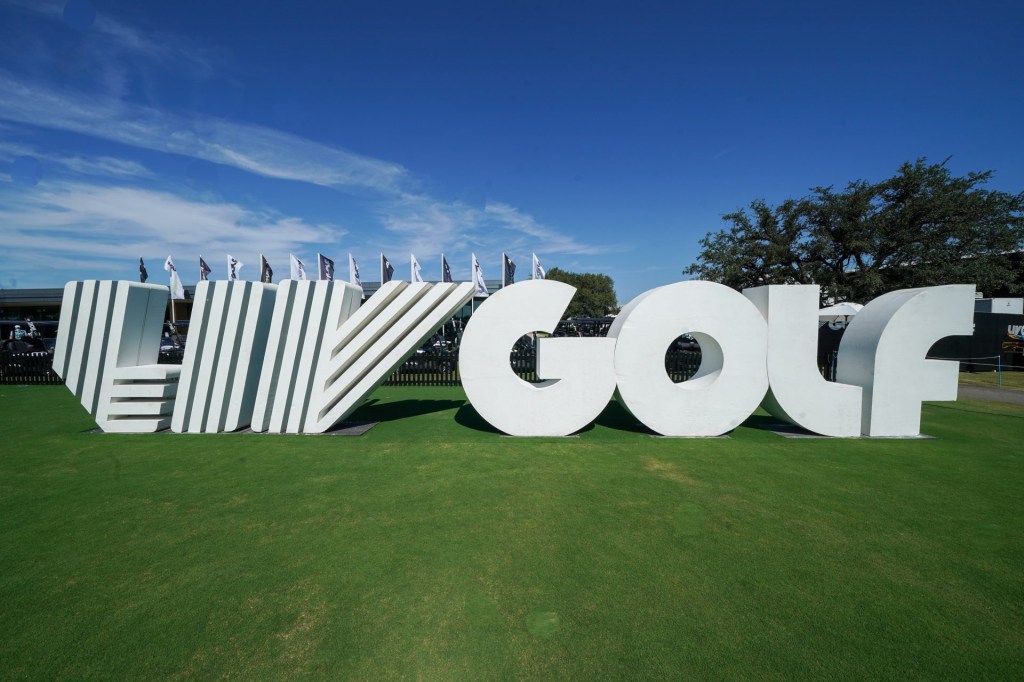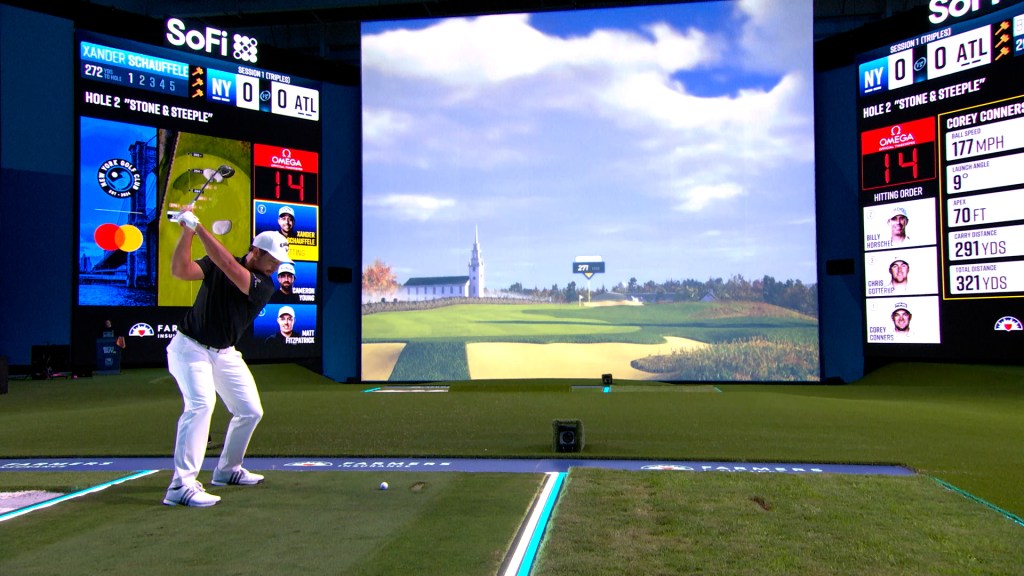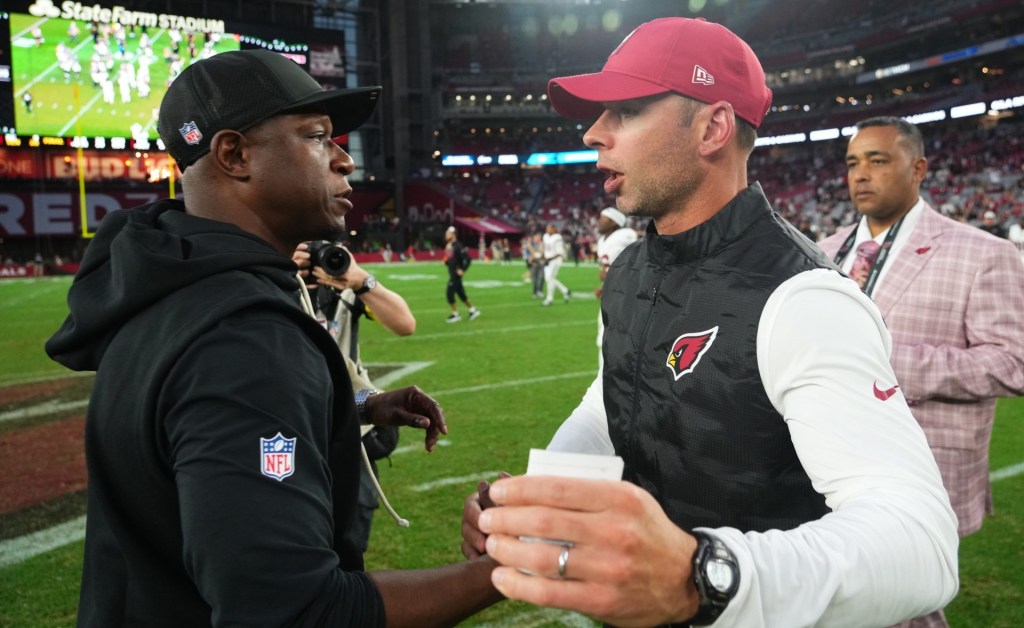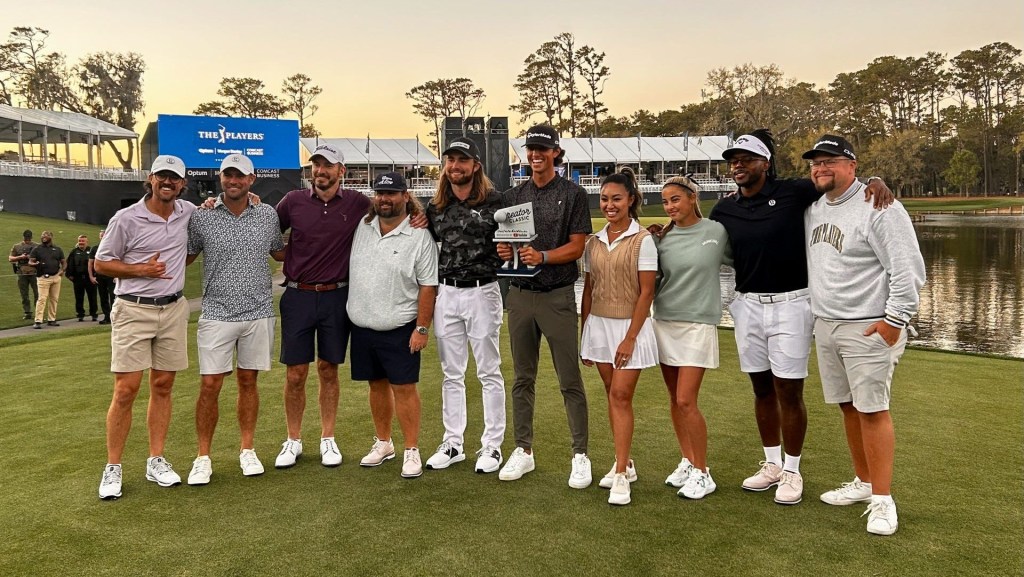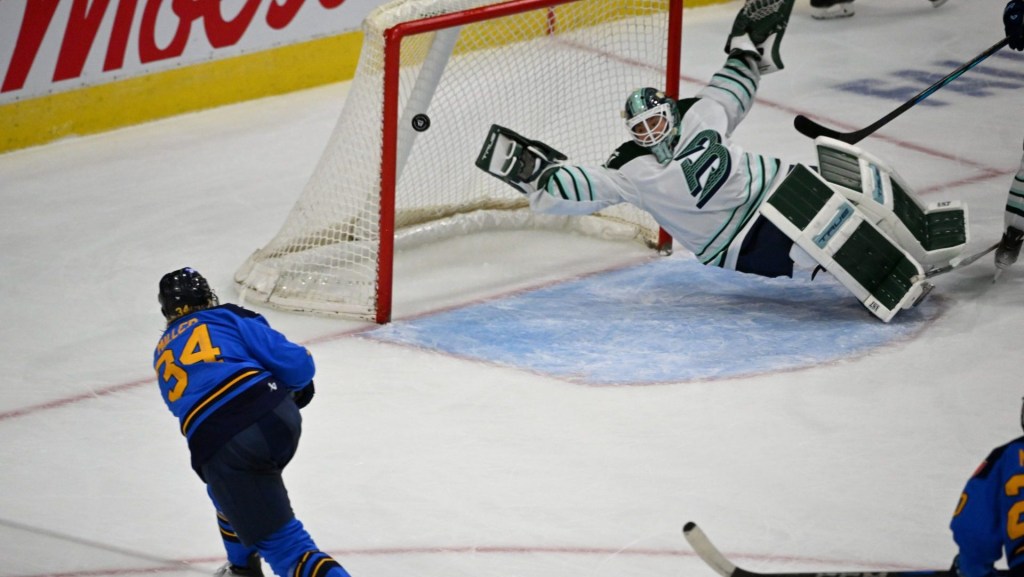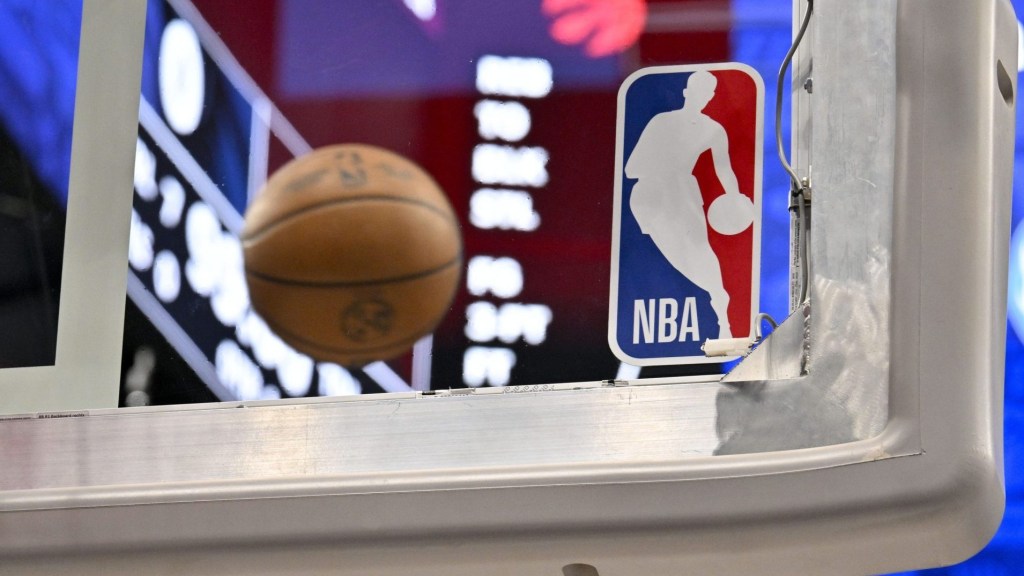The final major of the golf season is underway, but The Open Championship at Royal Liverpool Golf Club will be played against the backdrop of a crucial deadline that could shape the future of golf.
In March, the USGA and R&A proposed a controversial rule change to decrease the distance golf balls fly in elite competitions. A feedback window for manufacturers and other golf stakeholders to voice their opinions will close in less than a month on Aug. 14.
If adopted, the Model Local Rule (MLR) would go into effect in 2026 and require golf balls to be tested under stricter conditions that will likely decrease the average driver distances by 15-20 yards. Driving distance on the PGA Tour has steadily increased by about one yard per year over the last several decades — with the average pro now hitting it 300 yards off the tee.
At last year’s Open Championship at the Old Course at St. Andrews, Cam Smith won at 20 under par as players easily drove the green on multiple par 4s and fearlessly attacked pins with wedges and short irons. This week, players are competing for $16.5 million at a course that went through millions of dollars of renovations to help distance-proof the track since it last hosted in 2014.
If approved, the USGA and R&A would use balls that comply with the new standard to encourage more strategic shot-making.
While other governing bodies like Augusta National, the PGA of America, and the PGA Tour wouldn’t have to use the distance-proofed golf balls, the pro golf world would likely be in sync on the move and all use the MLR ball.
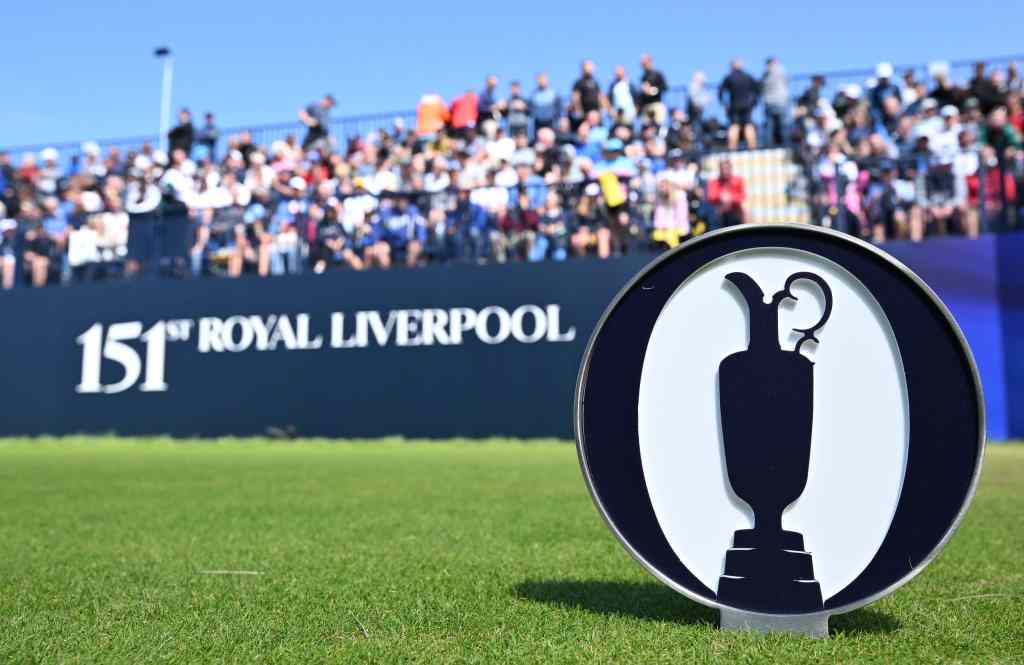
Initial Reactions
After the announcement, many players took exception — including the likes of major champions Jordan Spieth and Justin Thomas.
“You’re trying to create a solution for a problem that doesn’t exist,” Thomas said. “It’s so bad for the game of golf.”
The pros play the same balls that anyone can buy at a Golf Galaxy or Dick’s Sporting Goods — a major marketing ploy for equipment manufacturers like Callaway, TaylorMade, Titleist, and others. Under the MLR scenario, weekend warriors would likely have the option of buying the “pro” ball that flies shorter — but wouldn’t be required to, say, use it to keep an official USGA handicap or play in a club championship.
But the implied exclusivity could have a drastic effect on a game that has always let amateurs test their skills under the exact same conditions as the pros — if they can afford the equipment and acquire the tee time. However, it’s already extremely difficult to “play like a pro” given full-time golfers’ unprecedented access to evolving equipment technology and the astronomical costs associated with it.
“It’s funny to me,” Jon Rahm said last month at the U.S. Open at Los Angeles Country Club. “Because how many of the tee boxes on this golf course will become obsolete if they change the golf ball? … They keep trying to protect [themselves] from distance by adding distance.”
This week in England, the 2023 Masters champion took a more resigned approach. “No matter our view, it looks like it’s happening,” he said. “So it doesn’t really matter what I think or not.”
The R&A has been listening, according to chief executive Martin Slumbers: “I absolutely hear what all the players are saying.”
Slumbers was steadfast in his belief that change is needed. “We’ve put forward a targeted and proportionate measure to address a complex issue which we believe is key to preserving the inherent challenge of golf and to ensuring that it has a sustainable future,” he explained.
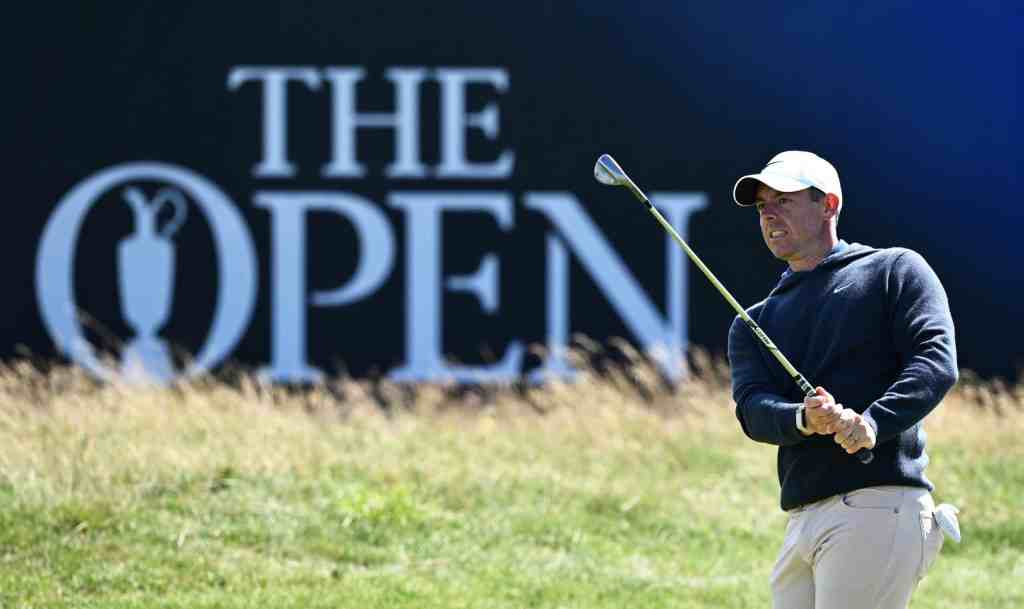
A Vote For Change
Despite the criticism from top players, the cynical opinion isn’t held by everyone in golf. “For elite-level play, I really like it,” Rory McIlroy told the “No Laying Up” podcast shortly after the announcement. And the four-time major winner isn’t concerned about a potentially fractured landscape, either.
“For me, the major championships are the biggest deal, so if the PGA Tour doesn’t implement it, I might still play the Model Local Rule ball,” McIlroy said. “Because I know that that’ll give me the best chance and the best preparation.”
Shorter-distance golf balls would also ease the environmental burden on golf courses hosting the best players in the world.
“That is a critical aspect of it,” renowned golf architect Gil Hanse told Front Office Sports. “Cutting back on water, cutting back on the manpower and the time, the energy to do all the work, etc.”
Hanse, who led the restoration work at LACC before last month’s U.S. Open, is among several influential figures in favor of the MLR — including architect Martin Ebert, who helped renovate Royal Liverpool ahead of this week’s championship.
The USGA and R&A have been adamant that the MLR is the best thing for golf moving forward. “Doing nothing is a bad idea for the long-term future and health of the game,” USGA CEO Mike Whan said at the U.S. Open.
Even if approved this year, there will still be plenty of time for manufacturers and golf’s other power brokers to sort out their strategy around the MLR.
“We started this in 2018,” Whan explained. “It’s 2023, and we’re talking about implementing something no earlier than 2026. I was talking to a friend the other day who’s like, ‘Why are you rushing this through?’ I’m like, ‘How slow do we have to go?’”
